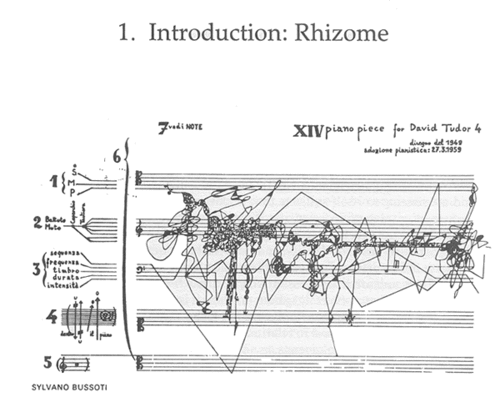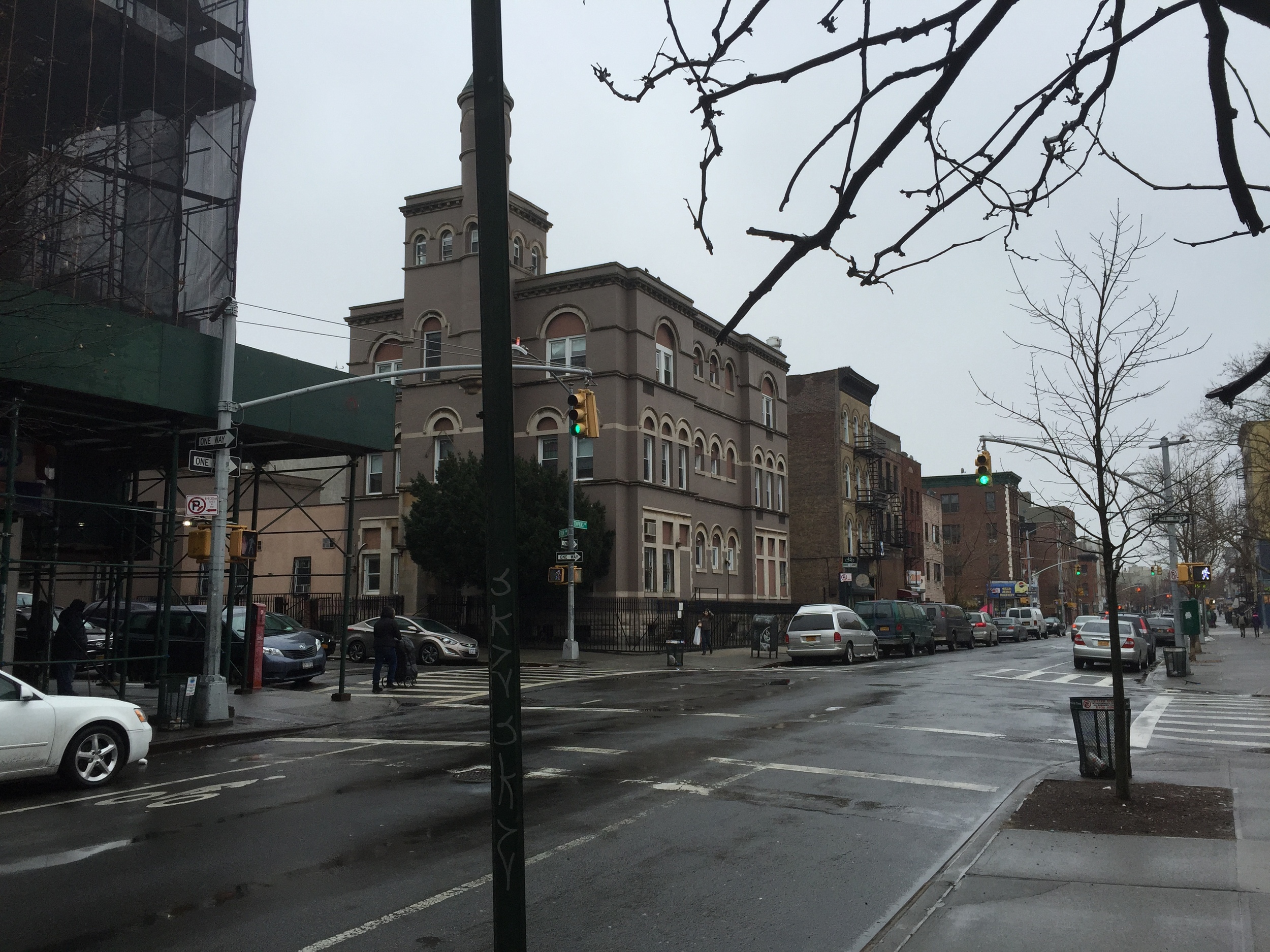On intermediaries, mediators, (im)mobilities, and proximities #RaisingDissertation
It's not easy to see things in the middle, rather than looking down on them from above or up at them from below, or from left to right or right to left: try it, you'll see that everything changes. It's not easy to see the grass in things and in words" (Deleuze & Guattari, 1987).
Before you dive in, some key terms and concepts:
(Im)mobilities - as in effects, outcomes, events. Could be understood in terms of both resources and boundaries, as having the ability to move and as being forced to stay; as effects, outcomes, events that have political significance and relevance. (See also Pellegrino, 2011).
Proximity - as in relations. Could be understood in terms of nearness, farness, togetherness, and closeness to other actors; as physical, virtual, imaginative, and communicative travel of information. (See also Bissell, 2012).
Other key concepts: near-dwellers (Bissell, 2012); near-carriers (my term, 2015); ontology of belonging; institutional and peer surveillance (Jackson, 2012).
###
Somewhere in my literature review section might read this rumination on the everyday lives of young people, mostly Black and brown, living below the poverty line, and in-transition...
Intermediaries and Mediators
In Reassembling the Social (2005), Latour talks about the relationship between mediators and intermediaries as both human and non-human objects. Actor-Network Theory (ANT), describes an intermediary as a black box, or an object that can be viewed in terms of inputs and outputs without any knowledge of its internal workings. An intermediary, Latour writes, “transports meaning or force without transformation” (pg. 39). Mediators, unlike intermediaries, “transform, translate, distort, and modify the meaning or the elements they are supposed to carry” (pg. 39). In other words, objects that describe mediators transform meaning whereas objects that describe intermediaries do not transform.
But how do we decipher between mediators and intermediaries? For Latour, this is the first uncertainty in Actor-Network Theory; that is, whether or not objects behave as intermediaries or mediators, and it is also the source of all other uncertainties that follow.
Intermediaries and mediators lead researchers of associations into different territories. Intermediaries account for predictable outcomes, like for example, a large complex bureaucracy where objects perform repetitive and predictable tasks. Latour offers another example of an intermediary’s predictable behavior:
[A] highly sophisticated panel during an academic conference [that] may become a perfectly predictable and uneventful intermediary in rubber stamping a decision made elsewhere (pg. 39).
Mediators, unlike intermediaries are unpredictable. For example, a mediator may become complex and blow out in multiple directions like a banal conversation “where passions, opinions, and attitudes bifurcate at every turn” (pg. 39). Similar to Delueze’s rhizomatic concept, mediators point to the proliferations of objects and locates where these objects might connect to and expand toward. Mediators challenge us to follow flows rather than define containers.
ANT asks researchers of associations to treat all objects as mediators, as unpredictable and complex no matter how seemingly banal they may appear at first. This does not mean, however, that intermediaries cannot be studied nor recognized. In fact, as Latour suggests, intermediaries can become mediators and vice versa overtime. Rather than defining in advance what constitutes or makes up the social and cultural worlds we study, one approach to studying intermediaries and mediators, and their oscillating ways, is through description.
Enter: ethnography
I return now to an earlier discussion about intermediaries behaving in predictable ways. To further elaborate on the application of intermediaries in this research, I sought out other works aside from ANT and social theory where the concept of intermediaries was applied.
Yannakakis’ ethnohistorical study The Art of Being In-between (2008) explores indigenous resistance and colonial intermediaries of Sierra Norte of Oaxaca, a region of colonial Mexico. In Yannakakis work, we learn about native intermediaries, or those who “by virtue of their legitimacy among native peoples [helped to] administer colonial society” (pg. 2). Yannakakis’ study follows the trajectory of social rebellions and the rise of colonial intermediaries that became martyrs and some who were eventually declared saints centuries after their deaths. This ethnohistory provides another perspective about the ways intermediaries, in this case human actors, transport meaning from one group (natives) to another group (political elites). When citing Daniel Richter’s work on network theory and cultural brokers in the seventeenth-century (a concept synonymous with Yannakakis’ application of intermediaries), Yannakakis writes:
[Cultural brokers’] position in multiple networks and coalitions meant that they were both varyingly situated and not situated at all; they occupied an ‘intermediate position, one step removed from final responsibility in decision making [...] Participating in social networks from an intermediate position required not only considerable communicative skills but also a ‘tactical’1 sensibility (pg. 10).
Yannakakis applies the concept of intermediaries somewhat differently than Latour does in Reassembling. Throughout In-between, Yannakakis refers to intermediaries as bridges and brokers or those that “played a considerable role in connecting the colonial state to localities” (pg. 33). Yannakakis implies a bidirectional transfer of meaning (what goes through comes back) whereas Latour’s illustration of intermediaries depicts a unidirectional model of transfer (what goes in come out). However, where Yannakakis and Latour’s concept of intermediaries intersect is in how the transfer of meaning moves; that is, in predictable ways.
It is at this intersecting point in Latour and Yannakakis’ analyses that I enter into a discussion about the proximities (or relations) between human actors (near-dwellers) and non-human actors (near-carriers) as mediators and intermediaries, and how these proximities might constitute young peoples’ (im)mobilities.
Enter: a study of (im)mobilities and proximities in the lives of ‘disconnected’ youth
Through a mapping of (im)mobilities and proximities, I construct a visual representation of relations and events between research participants, technologies, institutions, as well as locate assemblages, entanglements, ruptures, flows, and discontinuities therein. Stripped of the abstract, this work essentially constitutes a story of everyday life for teens and young adults grappling with where and how to belong; when to stay, how to leave, when to log on, how to search, when to watch, and how to recognize when one is being surveilled. It is also a story about the politics of nearness and distance and how power relations are constantly reshaped between young people, key adults in their lives, unanticipated neighbors, police officers, technologies, and institutions.
My argument in this work goes without saying: Disconnected youth are far from disconnected. In fact, they dwell near, within, and among people, places, and things in foreseen and unexpected ways. For young people in transition from adolescence to adulthood, where they exist “in-between” jobs and schooling, their experiences also constitute paradoxical encounters. Where belonging on the block meets suspicion in the neighborhood, where animosity in the projects meets ambivalence in the city, where support at the cafe meets uncertainty at school, where curiosity online meets disinterest offline, where loss at home meets hope for the future. When blown a part these encounters reveal an apparatus of always-becoming, of always-in between.
###
Currently reading:
Bissell, D. (2012). Pointless mobilities: Rethinking proximity through the loops of neighbourhood. Mobilities, 8 (3), 349-367.
Fassin, D. (2015). Enforcing order: An ethnography of urban policing. Cambridge, MA: Polity Press.
Goffman, A. (2014). On the run: Fugitive life in an American city. New York, NY: Picador.
Lewis-McCoy, R.L. (2014). Inequality in the promised land: Race, resources, and suburban schooling. Stanford, CA: Stanford University Press.
Pellegrino, G. (2011). Studying (im)mobility through a politics of proximity. In G. Pellegrino, ed. The politics of proximity, 1-14. Aldershot: Ashgate.
Further reading:
Sheller, M. & Urry, J. (2012). Mobile technologies of the city. Routledge.
Urry, J. (2007). Mobilities. Polity Press.
Urry, J. (2002). Mobility and proximity. Sociology, 36 (2), 255-274.
Urry, J. (2000). Sociology beyond societies: Mobilities for the twenty-first century. Routledge.
Never stopped reading:
Deleuze, G. & Guattari, F. (1987). A thousand plateaus: Capitalism and schizophrenia. Minneapolis, MN: University of Minnesota Press.
1 I apply Yannakakis’ definition here: “‘Tactics’ are the subtle, everyday actions undertaken by individuals to navigate, resist, and subvert authority” (pg. 33).


